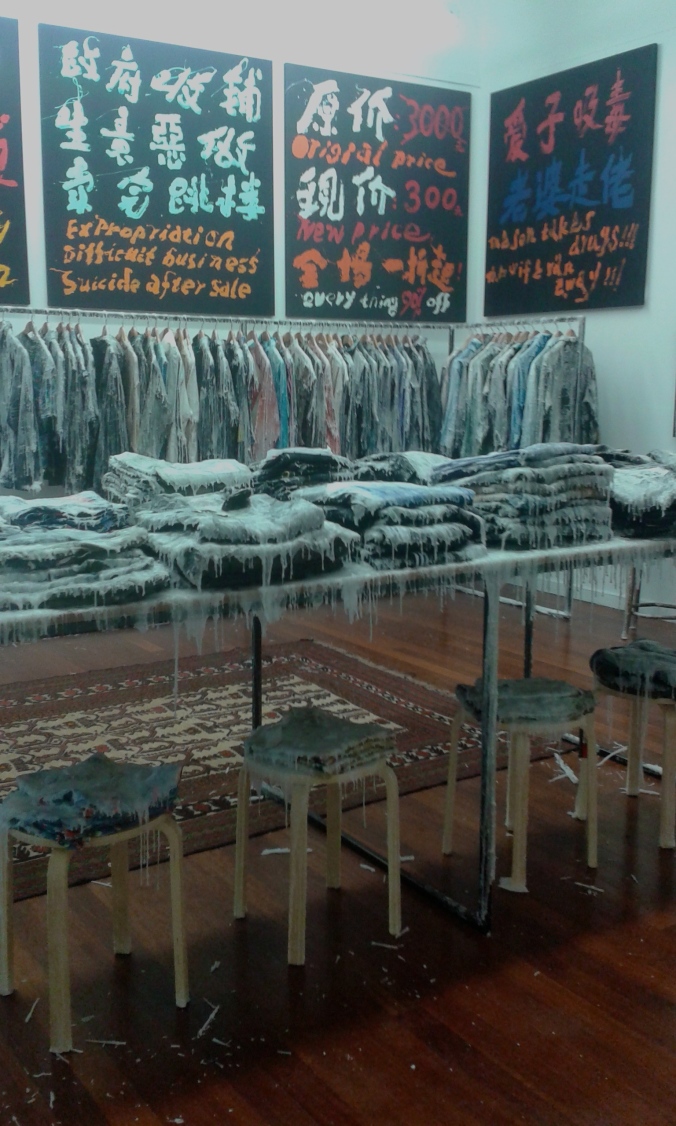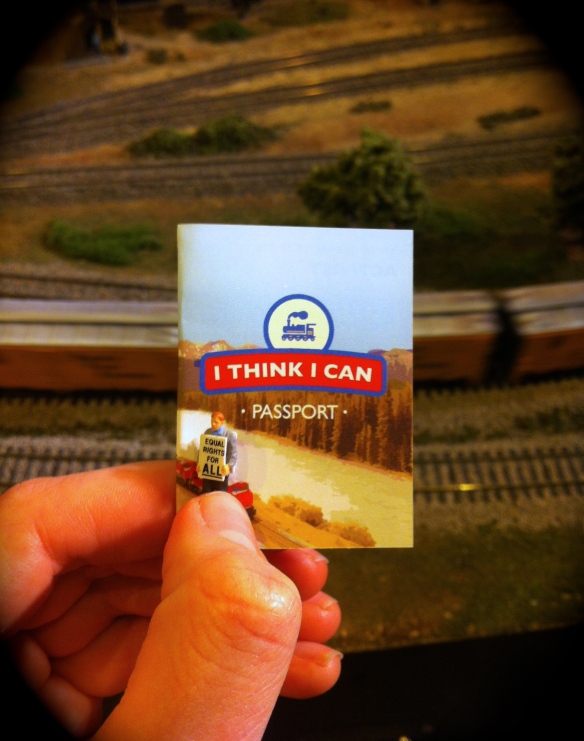On the Friday the 14th of October 2016 ‘The Audience is Present’, a new work by performance artist Belinda Anderson-Hunt, was presented as part of Verge festival at the Cellar Theatre.
‘The Audience Is Present’ by Belinda Anderson-Hunt aims to expand on the themes of Marina Abramović seminal performance art piece ‘The Artist is Present’. In ‘The Artist is Present’, Abramović invited spectators to sit opposite her for 5 minutes or less with her full attention and direct eye contact, leaving them to sit comfortably or uncomfortably in her gaze.
In ‘The Audience is Present’ the audience is shifted from their position as safe spectator and left feeling exposed. When I arrive at the Cellar Theatre we are instructed to turn off our phones and are led into a darkened foyer. In the foyer Anderson-Hunt performs a series of stretches and encourages the audience members to join her. Next she takes the spectators by hand, and one by one leads them into a second space with two seating banks opposite to each other. Then, she leaves.

The spectators are left for 30 minutes and the results are intriguing. Each audience member is left to sit uncomfortably in each others presence. Some refrain from direct eye contact, preferring to stare directly at their shoes. The eyes of a whole seating bank is intrusive. Some audience members embrace the eye contact with welcome, while other eyes dart away from the intimacy. The duration of the work is certainly what made it so powerful, as noone is quite sure how long the piece will go for.
Without phones, without distractions and without any indicator of time, there is nothing left to distract us but the fact that we are in presence of other people. How often are we left to socialise without any of the social cruxes we cling to: a drink, a joke, polite banter, a phone?
A comfortable silence, is often thought of as something that can only be achieved with a true friend. Surrounded by this wall of strangers, constrained to silence, I felt that we were forced into such a friendship. No talking, no excuses, no laughing, the audience was only able to drink each other in. The long duration led, me at least, to take in every detail of the audience, to construct their personalities by only what I could see.
We so often stalk each other online. Hours are spent staring at someones pictures, making guesses at who they truly are, but in civilised society we are never allowed to just stare, to purely take someone in without fear of being labeled a creep.
By the end of the performance I felt like I knew a little about each person; the one who adverts their gaze; the one who smiles; the performer; the one who shifts in their skin. A study conducted in 1989 by Kellerman, Lewis, and Laird posited that with enough direct eye contact anyone can fall in love. It was this strange thought that lingered in my mind, as I walked out of the performance and heard these peoples voices for the first time. The experience was one of isolation and intimacy, and one I was glad to have caught.
I’m excited to see what Belinda Anderson-Hunt comes up with next.
















